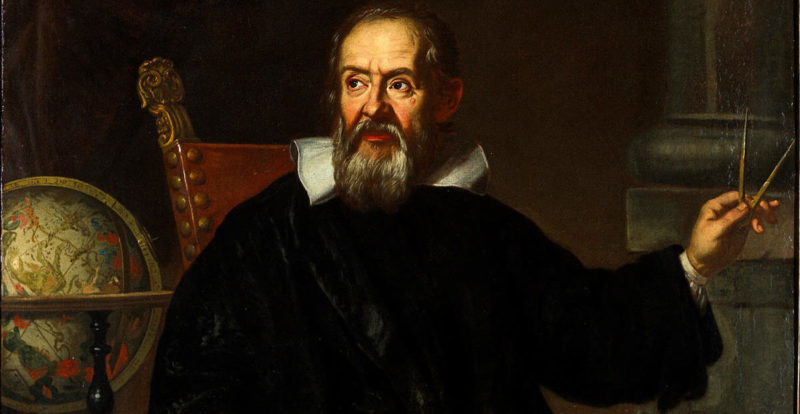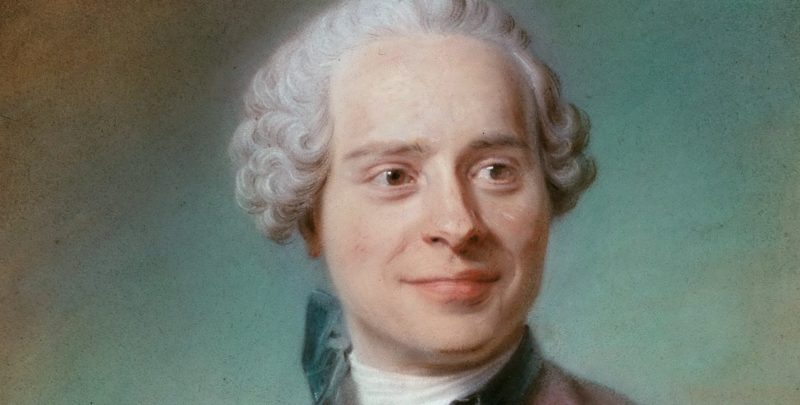We explain what Newton's laws are and what their theoretical foundations are. In addition, its characteristics and applications.
What are Newton's Laws?
Newton's laws or Newton's laws of motion are known as the set of theoretical principles that explain most of the phenomena observed and studied by classical mechanics , a branch of physics that analyzes the movement and energy of bodies.
These laws are the cornerstone of modern physics , together with Galileo 's transformations that, when compared with the Laws of universal gravitation, allow us to obtain and explain Kepler's Laws that account for planetary motion.
These laws were published in 1687 in Newton's work Philosophiae naturalis principia mathematica ("Mathematical principles of natural philosophy"), among other discoveries of mechanics and mathematical calculation, considered the most important scientific work in the history of physics.
Who was Isaac Newton?
Isaac Newton was an English physicist, theologian, philosopher, and mathematician , who is credited with the invention of mathematical calculus and numerous studies on optics and light .
His contributions to mathematics and physics are numerous and recognized , such as the discovery of the color spectrum of light, the formulation of a law of thermal conduction, proposals on the origin of stars , studies of the speed of sound in the air and fluid mechanics .
His great work, however, is the Philosophiae naturalis principia mathematica and, above all, the three laws of motion.
Historical background to its laws

The speculations of the Greek philosopher Aristotle regarding motion were considered valid for many centuries, even despite suspicions of their inaccuracy.
Later scholars of movement, such as the Spanish Juan de Celaya and his disciple Domingo de Soto, continued the studies of uniformly accelerated movement and free fall, laying the foundations for what would later be the revolutionary studies of the Italian Galileo Galilei (who introduced the steps of the scientific method ) and those of the British Isaac Newton (who first formulated the complete principles of motion).
Theoretical fundament
Newton's elementary formulations started from the consideration of movement as the translation of an object from one place to another , understanding it as a relative concept with respect to an origin that, in turn, can be in movement with respect to another point of reference, that is, Newton understood the importance of distinguishing between relative and absolute motion.
Newton started from the concept of mass (m) , which he considered as the amount of matter present in a body. The amount of movement is understood as the mass multiplied by the speed (v).
Newton's first law: Law of inertia

Newton's first law comes to contradict a principle formulated by Aristotle , who postulated that a body can only maintain its movement if a sustained force is applied to it. Newton's law states that: "Every body remains in its state of rest or of uniform rectilinear motion unless forced to change its state by forces impressed on it."
Thus, an object that is moving or that is at rest cannot change its state without some kind of force being applied to it . The movement according to this principle is a vector dimension (which has direction and sense), and allows calculating the acceleration (positive or negative) from the variation of speeds.
Inertial reference systems
This first law allows the definition of a special type of reference systems that are known as inertial reference systems . With them, it is possible to distinguish between the apparent movement of an object, if the observer is moving with it, or if, on the contrary, he is at a fixed point with respect to the moving object:
- inertial observers . They are those in whose perspective Newton's laws are fulfilled because they observe from "outside" and from a static point the movement of the object. If there were, they could appreciate the “true” movement.
- Non-inertial observers . They are the ones that are subjected to forces and, therefore, their perspective of movement is relative, since they are immersed in the set of forces in the plane of the object.
Newton's Second Law: Fundamental Law of Dynamics

This law deals with defining the concept of force (F) . In principle it expresses: "The change of a movement is directly proportional to the motive force impressed on it and takes place according to the straight line along which that force is impressed". This means that the acceleration of a moving object responds to the amount of force that is applied to modify its displacement.
From there is born the fundamental equation of dynamics , for objects of constant mass: Resulting force (resulting F ) = mass (m) x acceleration (a). A net force acts on a body of constant mass and gives it a proportional acceleration.
In cases where the mass is not constant, this formula will vary, and will be written as a function of the amount of movement (p) , calculable according to the formula: Quantity of movement (p) = mass (m) x speed (v) . Thus:
Net F = d (mv) / dt. Thus, force can be related to acceleration and mass, regardless of whether the latter is variable.
Conservation of Momentum
This principle, which follows from Newton's Second Law, allows us to describe the physics of collisions between moving objects:
- elastic shock . Momentum (p) and kinetic energy of colliding objects are conserved.
- inelastic shock . The amount of movement of the system of the two bodies (p) is conserved, but the kinetic energy of the objects in the collision is not. Both bodies can undergo deformations and increase in temperature , being able to remain united to each other after the collision.
Newton's third law: the principle of action and reaction

This law stipulates: "To every action there corresponds an equal reaction but in the opposite direction, that is, the mutual actions of two bodies are always equal and directed in the opposite direction." This means that for every force exerted on an object, it exerts an equal but opposite force on the first.
Thus, if two objects 1 and 2 interact, the force exerted by 1 on 2 will be equal in magnitude to that exerted by 2 on 1, but of opposite sign: F12 = F21. The first will be called "action" and the second "reaction".
Proof of the third law
It is simple to prove this third law from everyday experiments. For example, when two people of similar weight push against each other, they both receive the push but are thrown in the opposite direction. The same thing happens when we bounce a ball off the wall: it will be thrown in the opposite direction with the same force as the one we gave it when we threw it.
Post-Newton contributions

Following Newton's formulations, many subsequent scientists have studied the principles and simplified them for application to non-inertial systems, such as Jean d'Alembert in his Treatise on Dynamics (1743) or Louis de Lagrange in the 19th century.
The above content published at Collaborative Research Group is for informational and educational purposes only and has been developed by referring to reliable sources and recommendations from technology experts. We do not have any contact with official entities nor do we intend to replace the information that they emit.
She has pursued her studies in The United States, where she has graduated in Business and Economics and is currently finishing her Master studies in International Economics and Finance. Miss. Amputee is fluent in three languages: English, Spanish and Russian and has elementary knowledge of French and Italian. She love exploring how Collaborative Research Group can become the best tool to achieve the (necessary) educational change. .
Leave a reply
Your email address will not be published. Required fields are marked *Recent post

Sport: What Is It, Types, Risks, Features, Characteristics and Examples

Dogs: Emergence, Features, Characteristics, Feeding and Breeds

Story: Definition, Elements, Structure, Features and Characteristics

